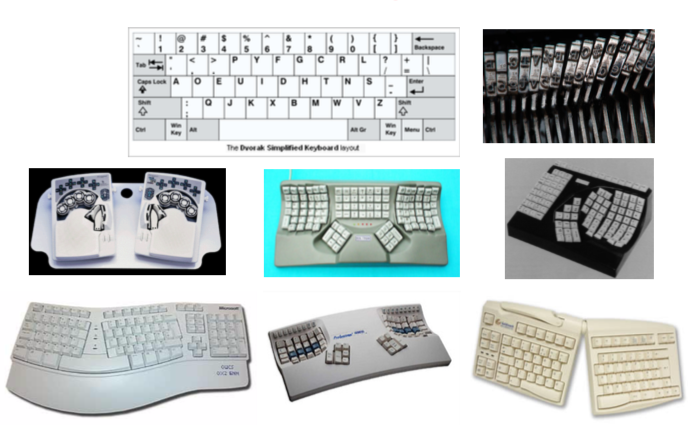Human Computer Interaction
Table of Contents
Designing for differences
differences in:
- demographics - gender, age, education, socio-economic status
- culture - language, religion, ethnicity
- cognitive style - personality type
- disability - visual, motor, cognitive
- experience - subject domain, systems
how much should you tailor?
- at this point you pretend that there’s an average user, completely contradicting what was said a few lectures before
- but now you do it because it’s useful and keeps the range broad
- specialised audience design - economics of markets, empathy with the users
- universal design - the kerb cut metaphor
Ergonomics
peripherals, posture, stuff like this

Computers for older people
usage related to socio-economic group, with wealth and education critical
accessibility features:
- sensory: visual (reduce width of field, color perceptions), audio (high freq hearing loss)
- motor: slower motor task response times, no fine motor control
- cognitive: decline in linguistic and reasoning ability, impairment of memory
Computers for kids
- bold colors
- large buttons and text
Web page guidelines
do the research
- are there local sites offering similar goods/services?
- what are common design values and cahracteristics?
use any local knowledge you can get
test the design before deployment!
Web Content Accessibility Guidelines (WCAG, W3C initiative)
aims to provide guidelines, has a st of accessibility principles
perceivable:
- provide text alternatives for any non-text content (like alt tag)
- provide alternatives for time-based media
- create content that can be presented in different ways without losing information/structure
- make it easier for users to see/hear content (including foreground and background separation)
operable:
- make all functionality available from a keyboard
- provide users enough time to read and use content
- do not design content in a way that can cause seizures
- provide ways to help users navigate, find content, and determine where they are
understandable & robust:
- make text content readable and understandable
- make web pages appear and operate in predictable ways
- help users avoid and correct mistakes
- maximize compatibility with current and future user agents, including assistive technologies